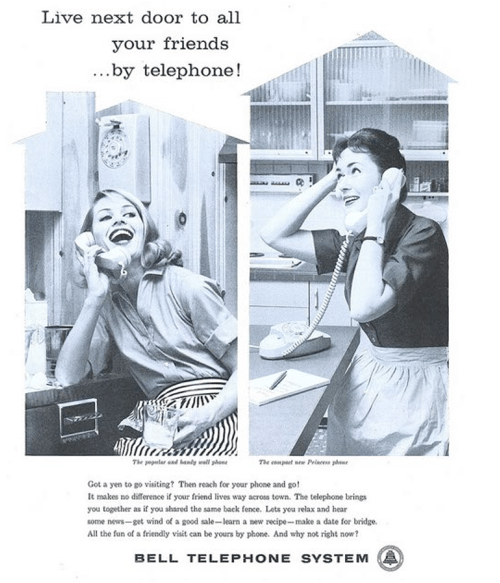 Posted by Dr. Becker on Nov 10, 2016 2:21:40 PM
Posted by Dr. Becker on Nov 10, 2016 2:21:40 PM

“Oh, I thought you said…” is a common refrain heard by parents, teachers, and TV police captains when their idealistic subordinates pretend to have misunderstood a command. Unfortunately, it is also a paraphrase of conversations heard far too often in clinical settings among healthcare providers, and it has severe consequences.
Miscommunication in healthcare causes quantifiable breakdowns in, and added cost to, delivery of care. Earlier this year, CRICO published a study that looked at medical malpractice lawsuits from the previous five years. The researchers found that more than 1,700 deaths in that timespan could be attributed to communication problems. In addition to the loss of life, the suits cost approximately $1.7 billion. That’s bad enough, but the CRICO stats only reflect part of the problem, as those numbers were pulled only from malpractice cases - i.e. where legal action occurred. Additional data has suggested almost two-thirds of sentinel events are caused by miscommunication within and between careteams, and that this problem costs over $100 billion a year in lost revenue and avoidable operating expenses.
Clearly, hiccups and outright failures in care team collaboration are enormously detrimental to all aspects of the healthcare system. Breakdowns in communication can and do occur between any two participants in delivery of care: nurse-nurse, nurse-physician, patient-staff, patient-nurse, etc. Some of these failures arise from in-person interactions, such as when a verbal message is not relayed from patient to staff to physician within the clinic. In many other cases, physical distance creates a literal game of telephone where humorous phrases are replaced by negative patient outcomes.

The problem is that healthcare communication is inefficient. Telephones were designed to shorten the distance between two people and increase the speed with which information could be passed. They did that well, but technology kept moving. As a result, we are now in an environment where medical professionals are using legacy systems that add steps and effort instead of a clear channel for seamless transmission of information. Put another way, good technology is supposed to get out of your way. Phones and faxes don’t.
Traditional medical answering services only compound these inefficiencies. They use a slow, circuitous process to get a message from the originator, often a patient, to the on-call physician. Once again, we can see where these inefficiencies in care team communication lead to negative outcomes. For example, 36.5% of all medical errors in intensive care settings are caused by delays in treatments, tests or procedures. While it is certainly not accurate to say that medical answering services are the cause of all (or even most) of these delays, they may play a role in some of them. If these problem-causing systems were the only option, this would all be a moot point. Medical practice administrators would bemoan the imperfections of answering services and then move on. However, there are much more advanced technologies now available to improve care team collaboration and reduce inefficiencies in communication between and within clinical practices. Old fax and phone hardware is being replaced by medical communication software that actually eliminates problems and gives control back to the users. Miscommunications that are an industry standard don’t have to be “standard” any more. Advances in technology mean that healthcare providers no longer have to write these problems off as a cost of doing business.
These systems, called on-call management platforms, have numerous quantifiable advantages. Message accuracy is perfect, because calls from patients are recorded for later playback instead of filtered through an agent at a call center. Transcriptions of each message allow for easy access and review, as well. Thus, medical errors caused by “I thought you meant” or “I was never told” moments can be reduced. Within care teams, a common source of pain is the necessity of repeated phone calls to get a message across. With medical communication software, however, surveys show that nurses make 80% fewer phone calls than when using legacy systems.
On-call management platforms also accelerate the rate of care team collaboration, as well as with patients themselves. Surveys have shown a reduction in communication cycle times from 30 minutes to less than 3 - a 92% reduction. And approximately half of all consults are completed within one minute, leaving patients more satisfied by quick responses and providers with more time.
Despite the compelling numbers above, and as with so many things in life, inertia maintains the status quo when it comes to care team communication. Implementing a new technology is daunting, and practices understandably want to avoid the energy barrier associated with change unless absolutely necessary. So they stick with legacy answering services despite the frequent frustration. Fortunately, there are options for medical communications software that are both quick and inexpensive to set up. Features like drag-and-drop scheduling, robust smartphone apps with minimal learning curves, and low monthly subscription fees make these platforms well within reach for most practices.
Of course, we at BeckonCall spend all of our time thinking about these issues. If you have questions about any of the information above, please don’t hesitate to give us a call. Even if it’s on a rotary phone.
For a full discussion of the fCIRCO report, along with excellent original reporting, see this Stat News article.
Topics: Care team communication